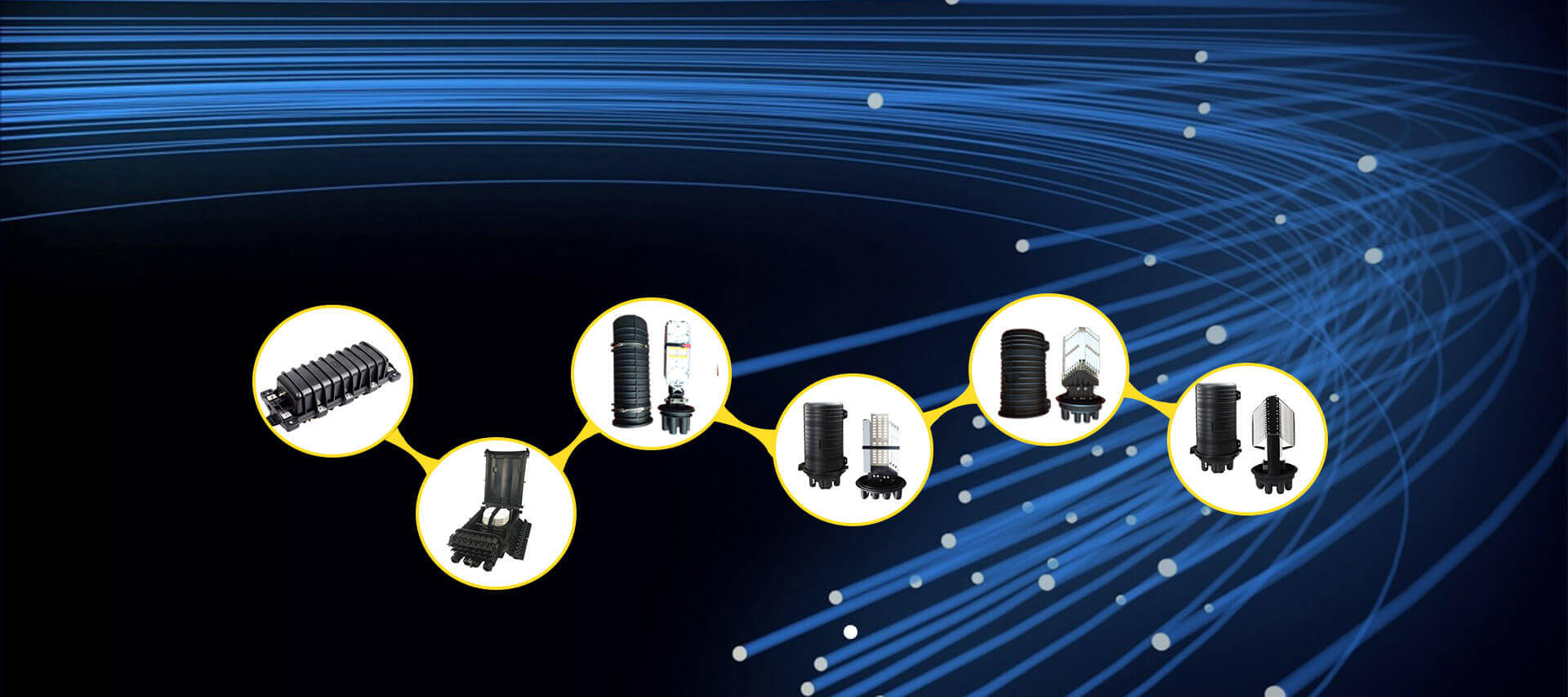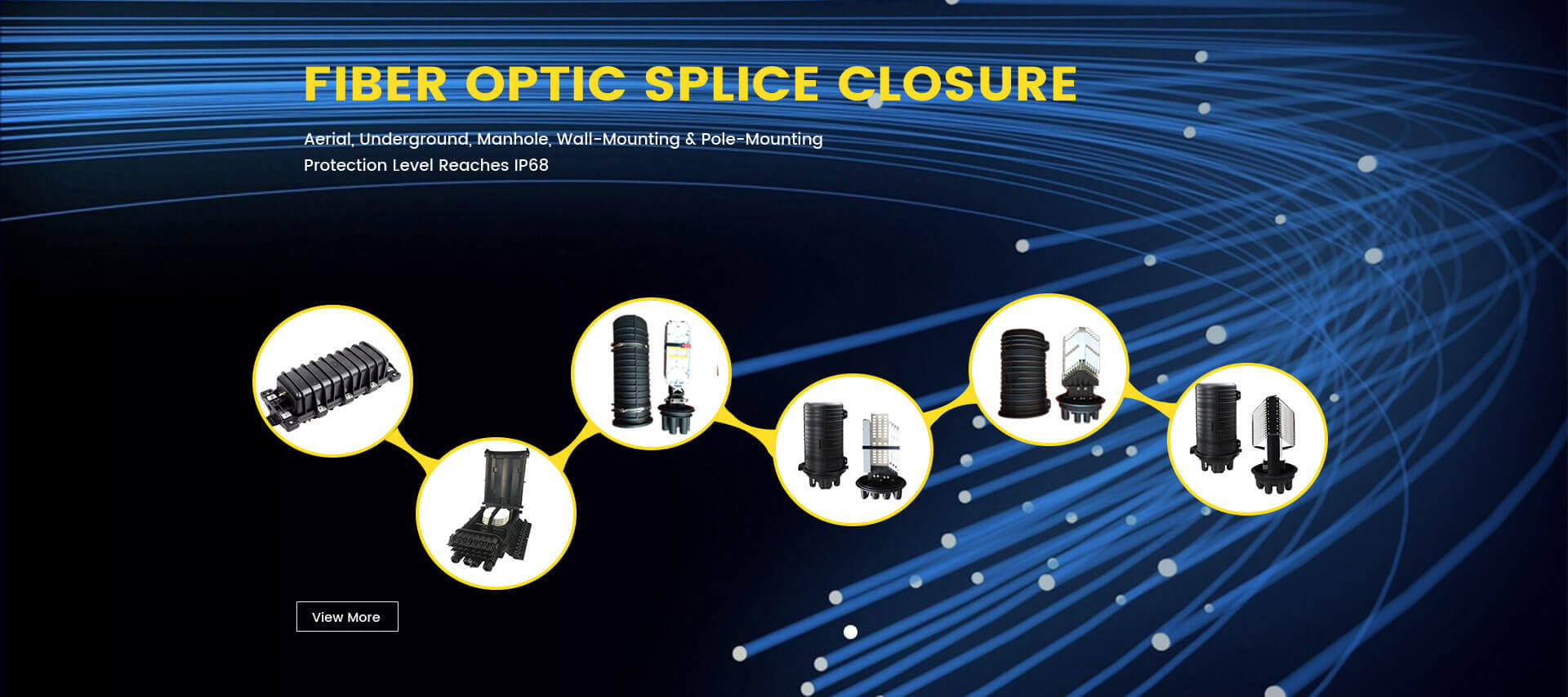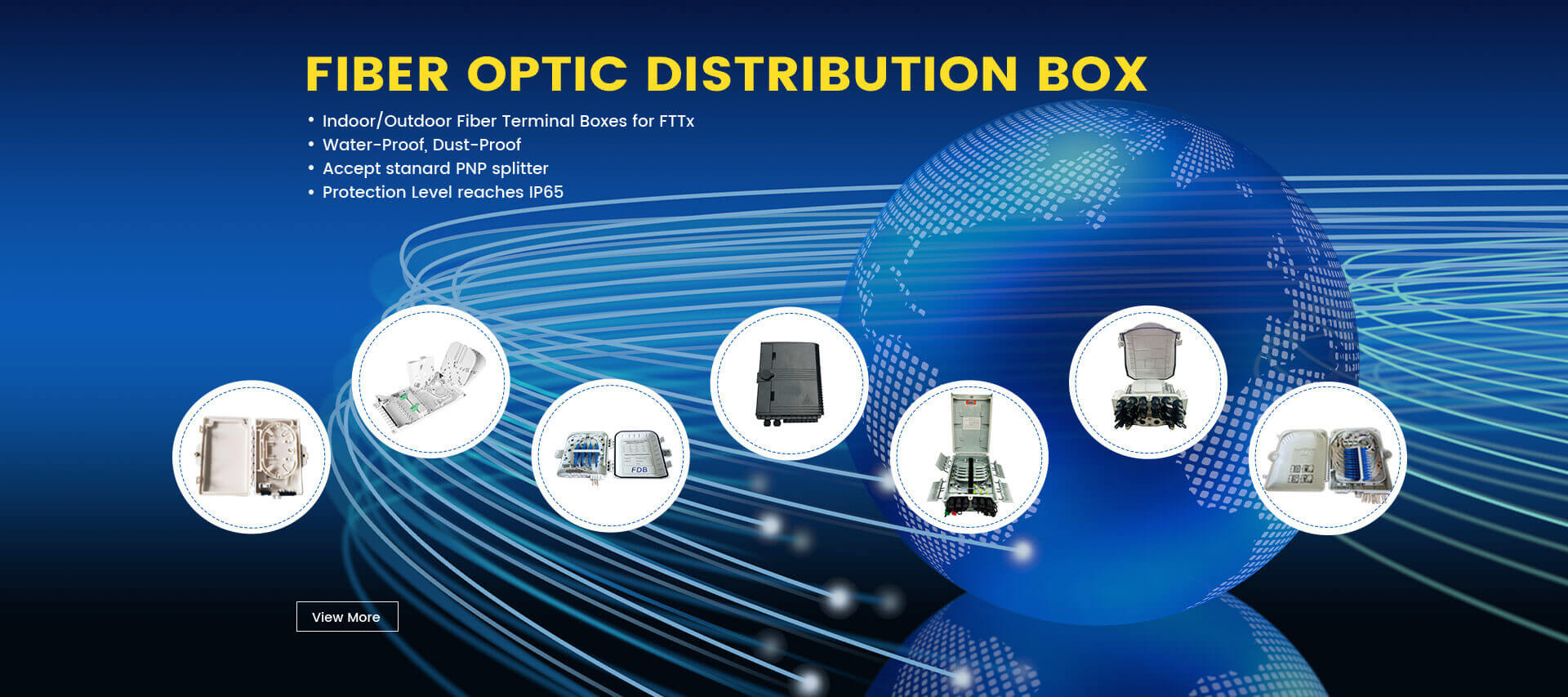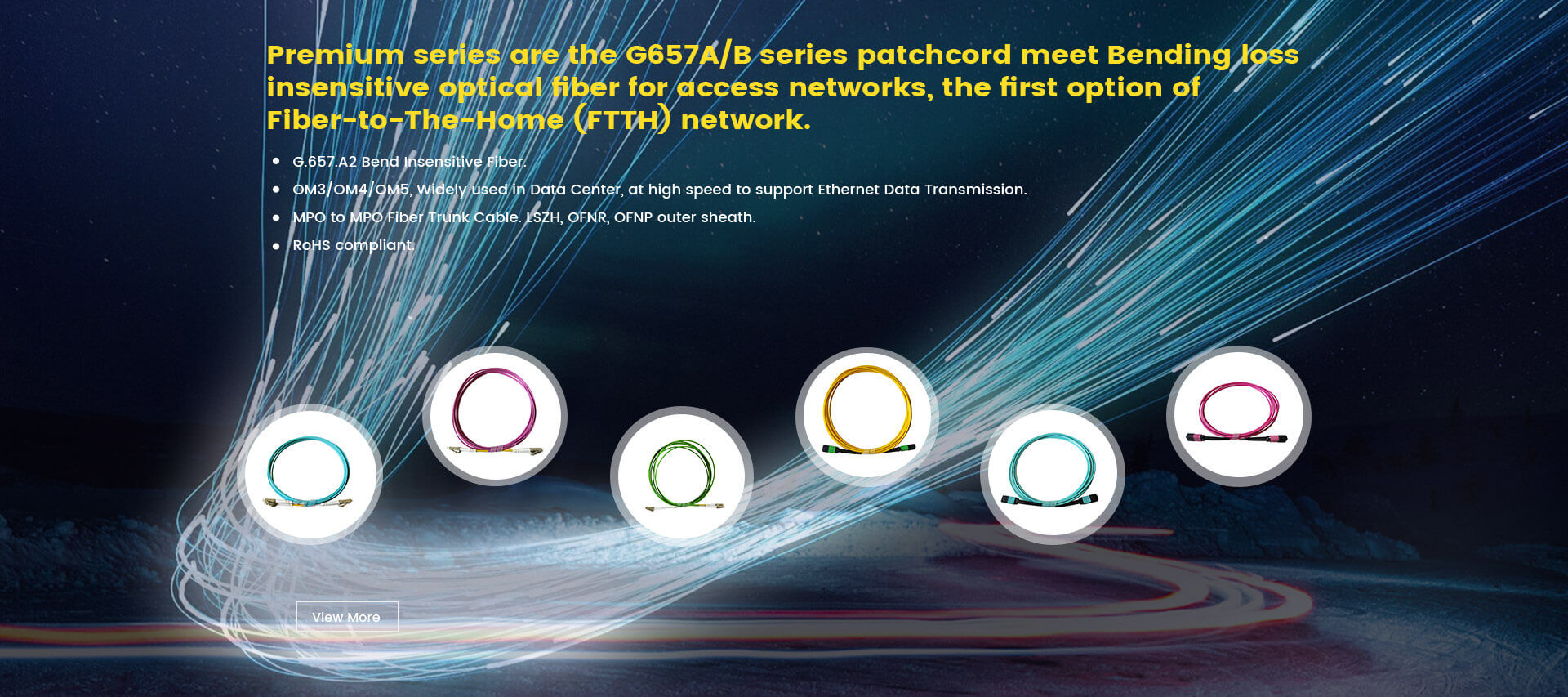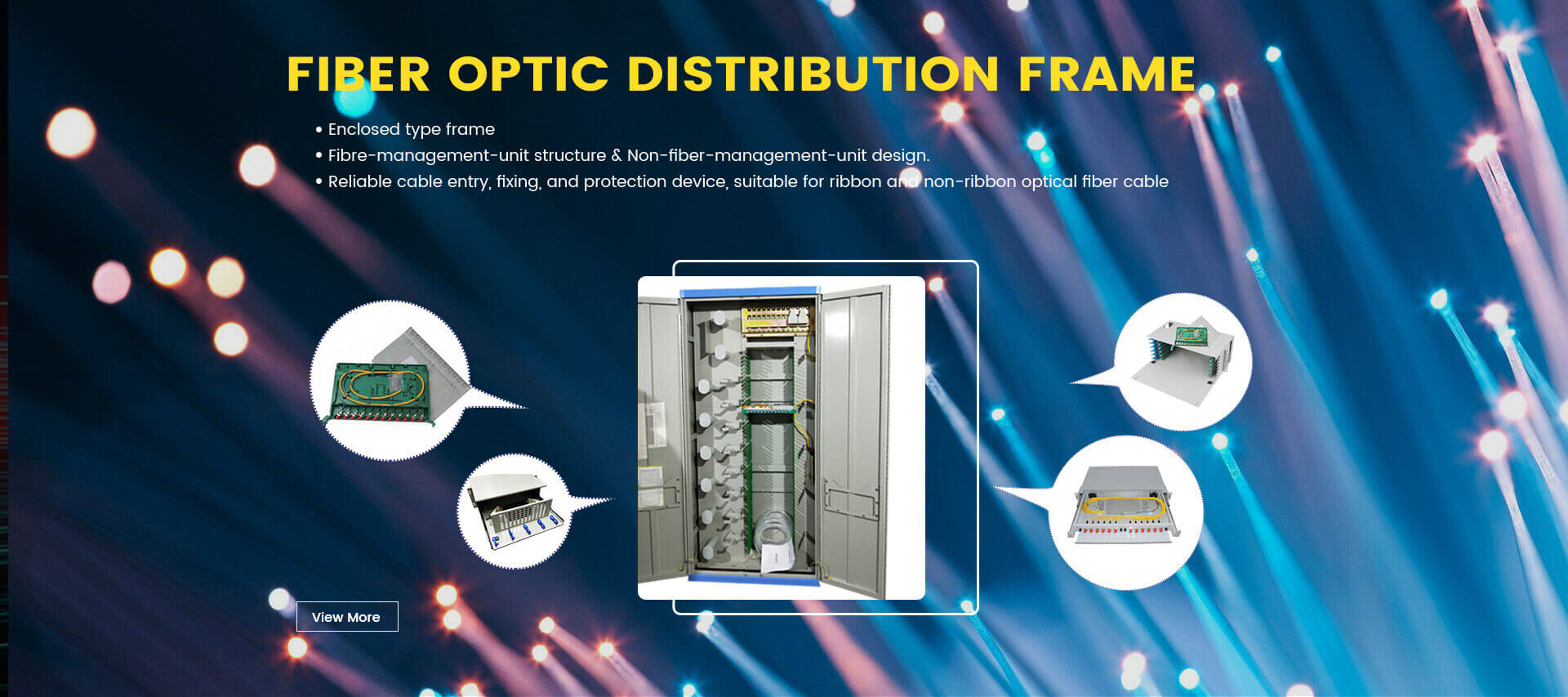In the single mode fiber optic field, as we know, there are two main sources for the specifications of single mode fiber optic. One is the ITU-T (ITU-T for ITU telecommunication standardization sector, below we ref. as ITU-T) G.65x series, and the other is IEC 60793-2-50 (published as BS EN 60793-2-50). Compare with ITU-T G.65x and IEC technical definitions, we only talk about ITU-T G.65x series fiber optic in this tutorial, according to ITU-T G.65x definitions, there are 19 different single fiber optic, which G.652 is the most commonly used in the telecommunication.
| Model | Type |
| ITU-T G.652 | ITU-T G.652A, ITU-T G.652B, ITU-T G.652C, ITU-T G.652D |
| ITU-T G.653 | ITU-T G.653A, ITU-T G.653B |
| ITU-T G.654 | ITU-T G.654A, ITU-T G.654B, ITU-T G.654C |
| ITU-T G.655 | ITU-T G.655A, ITU-T G.655B, ITU-T G.655C, ITU-T G.655D, ITU-T G.655E |
| ITU-T G.656 | ITU-T G.656 |
| ITU-T G.657 | ITU-T G.657A1, ITU-T G.657A2, ITU-T G.657B2, ITU-T G.657B3 |
What is G.652 Fiber Optic?
According to ITU-T definitions, among all single-mode fiber types, G.652 fiber is the most widely installed single-mode fiber cable in the world, ITU-T G.652 is the world's most widely installed single-mode fiber-optic cable. After many years development, ITU-T G.652 family has four sub-categories: G.652A, G.652B, G.652C and G.652D, In the ITU-T G.652 family, ITU-T G.652D (low(zero)-water-peak fiber) is the standard optical fiber and occupies more than 80% of world optical fiber demand.
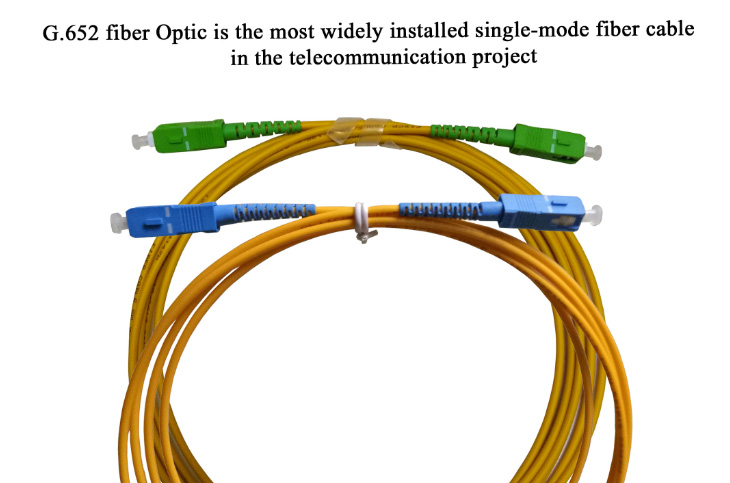
ITU-T G.652A fiber supports 2.5Gbit/s single-channel SDH transmission system and 10Gbit/s Ethernet system
ITU-T G.652B fiber supports 10Gbit/s single-channel SDH transmission system and 40Gbit/s Ethernet system; ITU-T G652B fiber has more strict Polarization-Mode Dispersion(PMD) than G.652A fiber, which is more suitable for long-distance transmission.
The G.652C & G.652D fibers through the improvement of G.652A & G.652B technology, eliminate the water absorption peak at 1383nm and greatly reduce the attenuation in the region of 1350-1450nm. The G.652C & G.652D bands are more than 50% larger than G.652A & G.652B single mode fibers (SMF). So the G.652C & G.652D fiber is called wavelength band extended single mode fiber, also called full-wave fiber or low water peak fiber.
Now we used OS2 fibers are generally G.652C or G.652D, and the G.652A and G.652B categories are rarely used. Kindly check the G.652 fiber optic attenuation, macro-bending loss, polarization-mode dispersion (PMD), and mode field diameter (MFD) details as follow
| Type\Specification | Attenuation (dB/km) | Macro-bending loss | Polarization-Mode Dispersion (PMD) | Mode Filed Diameter (MFD),Min | Mode Filed Diameter (MFD),Max |
| G.652A | Less than 0.5 / 0.4 at 1310 / 1550nm | Less than 0.5 dB at 1550 nm. | Less than 0.5 ps/sqrt(km) | 8.6 µm | 9.5 µm |
| G.652B | Less than 0.4 / 0.35 / 0.4 at 1310 / 1550 / 1625nm | Less than 0.5 dB at 1625 nm. | Less than 0.2 ps/sqrt(km) | 8.6 µm | 9.5 µm |
| G.652C | Less than 0.4 from 1310 to 1625nm, less than 0.3 at 1550nm and at 1383nm, it must be less than that specified at 1310nm, after hydrogen aging. | Less than 0.5 ps/sqrt(km) | 8.6 µm | 9.5 µm |
| G.652D | Less than 0.2 ps/sqrt(km) | 8.6 µm | 9.5 µm |
What is G.655 Fiber Optic?
According to ITU-T definitions, the G.655 fiber is called a non-zero dispersion-shifted fiber (NZDSF), through improving dispersion-shifted fiber, the zero-dispersion wavelength no longer 1.55um, but at 1.525um or 1.585um. Non-zero dispersion fibers reduce the dispersion effect and the four-wavelength mixing (FWD) effect, while standard fiber and dispersion-shifted fiber can only overcome one of these two defects, therefore, non-zero dispersion fibers combines standard fiber and dispersion-shifted fiber good transmission characteristics. Not only for new land networks but also for upgrading existing systems, especially suitable for high- density WDM systems, so non-zero dispersion fiber is the best for next-generation fiber-optic communication systems transmission medium.
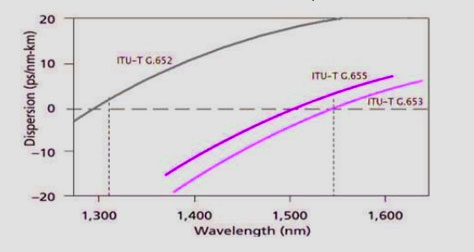
What is G.657 Fiber Optic?
According to ITU-T definitions, G.657 is fiber optic is Bend-insensitive single-mode fibers for access network and customer premises. Compare with G.652 fiber optic, the best advantage is lower levels of attenuation due to bends, which widely used in Fiber-To-The-Home(FTTH), ITU-T G.657 is split into two main parts: one is Category A fibers for Access networks, the other is Category B fibers for short distances at the end of Access networks in bending-rich environments (e.g., buildings). Each category (A and B) is divided into two sub-categories: G.657.A1 and G.657.A2, G.657.B2 and G.657.B3.
These sub-categories have the following minimum specified bending radius:
| Type\Specification | Bending radius | Application |
| G.657A1 | G.657A1 Rmin = 10 mm | For access networks G.652.D compliant all bands 1260-1625nm |
| G.657A2 | G.657A1 Rmin = 7.5 mm |
| G.657B2 | G.657A1 Rmin = 7.5 mm | For end of Access networks (e.g., in/near buildings)G.652.D compatible all bands 1260-1625nm |
| G.657B3 | G.657A1 Rmin = 5 mm |
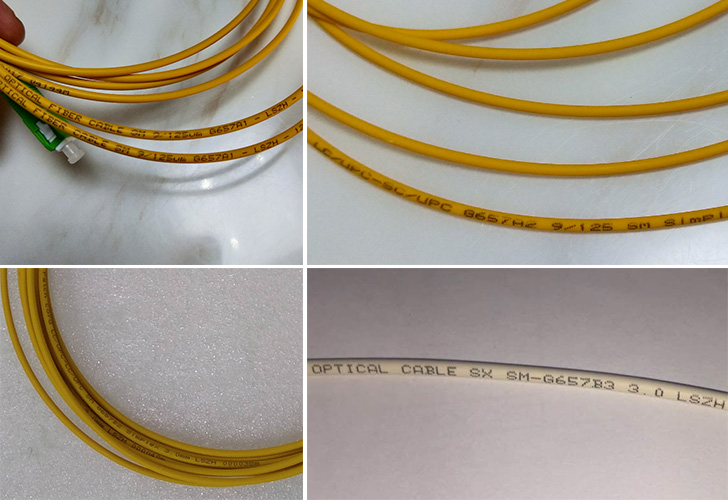
ITU-T G.657.A1 and ITU-T G.657.A2 fibers are fully compliant with ITU-T G.652.D fibers.
ITU-T G.657.B2 and ITU-T G.657.B3 fibers are fully compatible with ITU-T G.652.D fibers (only small differences in chromatic dispersion and polarization mode dispersion (PMD).
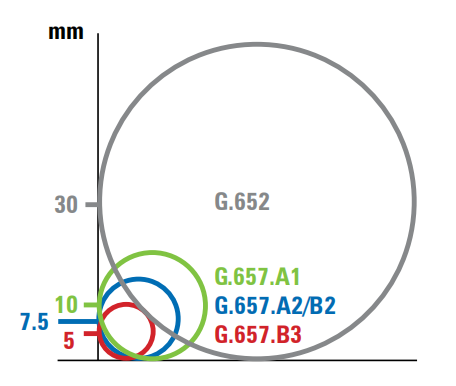 | 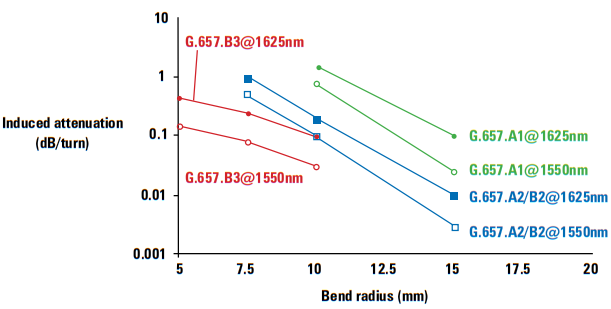 |
| Relevant specified bending radii for ITU-T G.652 and ITU-T G.657 | Macrobending loss limits for ITU-T G.657 fibres |
Which type Single Model Fiber Optic do we need in the project?
According to ITU-T G.65x fibers optic definition, different fiber optic have different applications. The G.653, G.654 and G.656 fibers are featured in other environments. G.653 fiber is specified at 1310 nm and 1550 nm but with a zero chromatic dispersion slope in the 1550nm region. G.654 fiber is loss-minimized and cut-off shifted at a wavelength around 1500 nm. G.656 fiber is specified at 1460 nm and 1625 nm but with a non-zero chromatic dispersion slope in these wavelength regions. The comparison details as follow:
| Name | Other Names | Specified Wavelength (nm) | Applications |
| G.652 | Zero-Dispersion/Non-dispersion-shifted fiber, or standard SMF. | 1310, 1550, 1625 (C and D excluded) | LAN, MAN, access networks and CWDM transmission. |
| G.653 | Dispersion-shifted optical fiber | 1310 to 1550 | Long-haul single-mode transmission systems using erbium-doped fiber amplifiers (EDFA). |
| G.654 | Cut-off shifted optical fiber | 1550 | Higher bandwidth submarine systems and back haul systems. |
| G.655 | Non-zero dispersion-shifted optical fiber (NZDSF) | 1550 to 1625 | Long-haul systems that use Dense WDM (DWDM) transmission. |
| G.656 | Non-Zero dispersion for Wideband Optical Transport fiber | 1460 to 1625 | Long-haul systems that use CWDM and DWDM transmission over the specified wavelength range |
| G.657 | Bending loss insensitive optical fiber for access networks | 1260 to 1625 | Fiber-to-the-home (FTTH) networks. |
G.65x Summary
ITU-T G.65x fibers optic definition different single mode optical fibers has its own area of application, Hope you read this tutorial you can choose the correct single mode fibers optic in the project.
Compatibility to G652.D
| Parameter | G.657A | G.657B |
| MFD | 8.6-9.5 um | 6.3-9.5 um |
| attenuation coefficient at 1310nm | 0.4dB/km | 0.5dB/km |
| attenuation coefficient at 1550nm | 0.3dB/km | 0.3dB/km |
| wavelength limit (cable cut-off) | 1260 nm | 1260 nm |
| chromatic dispersion | G652.D | TBD |
| PMD | G652.D | TBD |
G. 657 bend insensitivity comparison
| Fiber Class | A1 | A2 | B2 | A1 | A2 | B2 | B3 | A2 | B2 | B3 | B3 |
| Bending radius (mm) | 15 | 10 | 7.5 | 5 |
| Number of loops | 10 | 10 | 10 | 1 | 1 | 1 | 10 | 1 | 1 | 1 | 1 |
| Max. attenuation at 1550 nm (dB) | 0.25 | 0.03 | 0.03 | 0.75 | 0.1 | 0.1 | 0.03 | 0.5 | 0.5 | 0.08 | 0.15 |
| Max. attenuation at 1625 nm (dB) | 1 | 0.1 | 0.1 | 1.5 | 0.2 | 0.2 | 0.1 | 1.0 | 1.0 | 0.25 | 0.45 |
Publisher: MJADOM
Author: Andy

